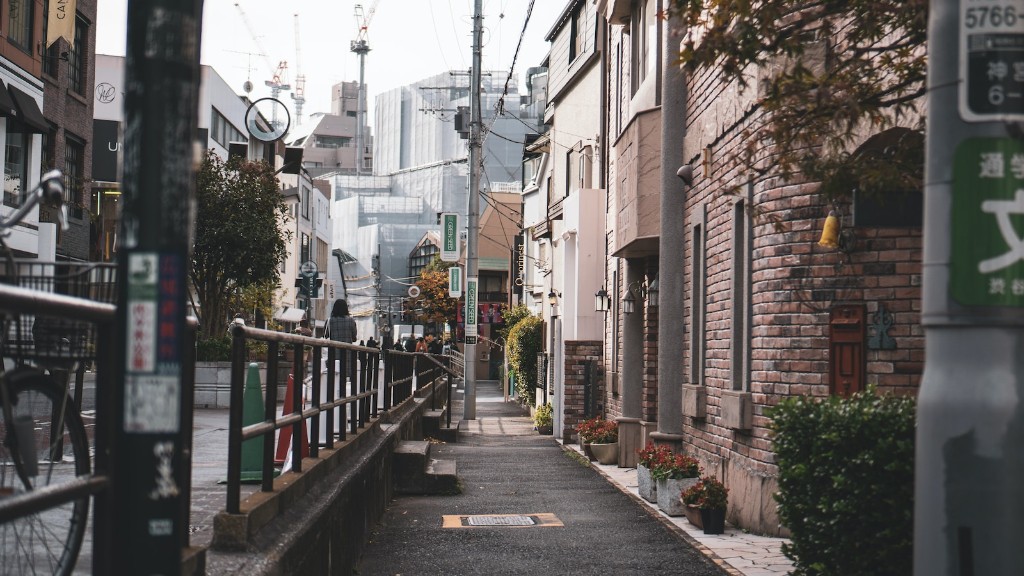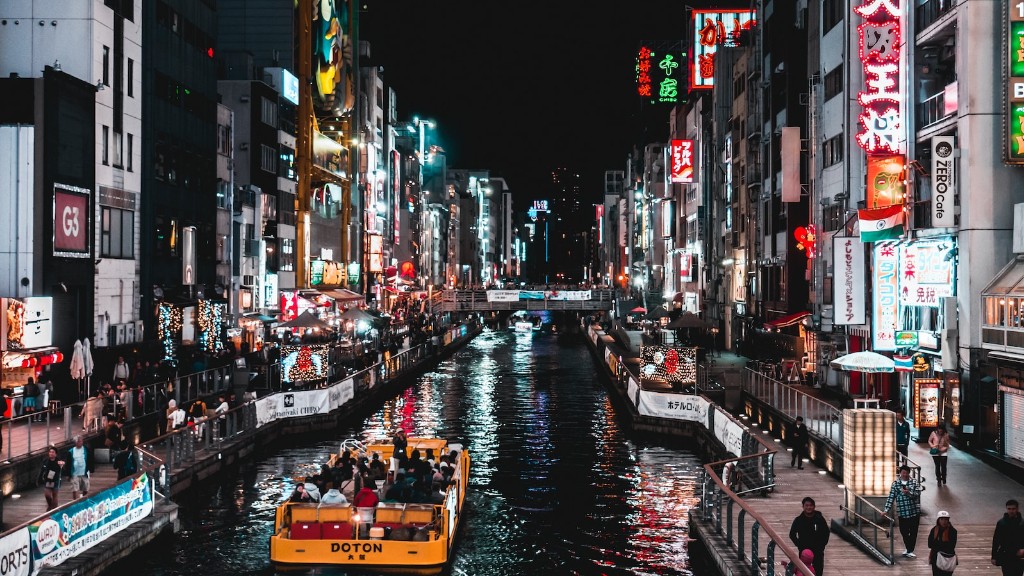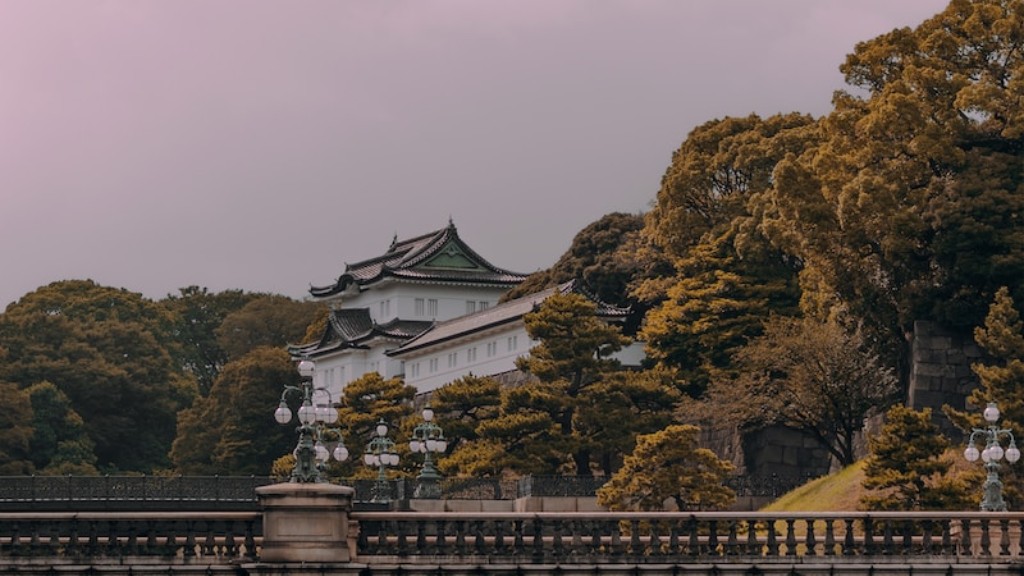Climbing Mount Fuji
Mount Fuji, or Fujisan, is the highest mountain in Japan and one of the most recognizable symbols of the country. Located on the Japanese island of Honshu, the 3,776-meter peak is visible from Tokyo and the surrounding areas, making it a popular destination for both national and international tourists alike. In Japan, climbing Mount Fuji is considered a sacred pilgrimage, a physical and spiritual journey that has captivated climbers of all ages for centuries.
In recent years, the number of tourists climbing Mount Fuji has risen dramatically, with approximately 300,000 people venture to the summit each year. The primary climbing season begins in early July and usually runs until early September. During this time, the trails are full of mountaineers and hikers from all across the world. It stands as a testament to Japan’s diverse natural beauty and culture.
Climbing Mount Fuji poses several physical and mental challenges, even for those in peak condition. In addition to the 3,776-meter elevation gain, climbers must face temperatures of up to -20 degrees Celsius and punishing winds. The trek can last anywhere from 8 to 14 hours, depending on the route and the individual’s physical condition.
Despite the difficulties of the climb, Mount Fuji has several trails designed to suit all levels. Many of the trails are well-maintained and feature numerous rest stops along the way. For those who are experienced mountaineers, there are more challenging routes. Regardless of the chosen route, it is essential that climbers plan ahead and take all necessary precautions, as well as obtaining the appropriate climbing permits before the climb.
Climbing Mount Fuji is an unforgettable journey that remains in the minds of many. For some, it is a spiritual experience and a chance to connect with nature. For others, it is simply an achievement. In any case, it is an experience that climbers cannot get anywhere else in the world.
Cultural Significance
Mount Fuji has long held a special place in the hearts of the Japanese people. The peak is a symbol of strength and resilience for the nation, and its distinct shape has been a source of inspiration for artists and poets alike. It is also home to four of the nation’s most sacred shrines, dedicated to the gods of fire, water, wind, and lightning.
Mount Fuji has been designated a World Heritage site by UNESCO in recognition of its spiritual and cultural significance. The mountain also plays a prominent role in Japan’s folk culture, featuring prominently in festivals, folk songs, and traditional arts. It is also closely associated with the country’s unique ‘washoku’ cuisine, in which raw materials harvested from the mountain are used to produce specialty dishes.
Mount Fuji has exercised a profound influence on Japanese culture and continues to do so today. It stands as a shining symbol of the country’s beauty and strength and has been visited and climbed by millions of tourists over the years.
Mount Fuji Festival
One of the most popular events in Japan is the annual Mount Fuji Festival. Held each summer in the city of Fujinomiya, the festival includes traditional performances such as taiko drumming, kabuki theatre, and fireworks. It also features a variety of food and drink, from the region’s specialties like soba noodles and sake, to traditional Japanese confectionery.
This vibrant event is a great way to gain insight into Japan’s culture and history, as well as to enjoy the nation’s unique cuisine. The festival also provides a great opportunity to explore the region around Mt. Fuji, as well as offering a chance to meet the locals and make new friends.
Dos and Don’ts for Climbing Mount Fuji
Climbing Mount Fuji is a unique and rewarding experience, but there are some important dos and don’ts to follow in order to make it a safe and enjoyable one. Firstly, it is essential to listen to the advice of experienced climbers and guides, as well
as to dress appropriately for the weather. It is also important to take plenty of water and snacks to sustain you along the way. Additionally, make sure to bring a fully charged phone and flashlight in case of emergency. Lastly, it is important to remember to only go as far as you can and to take regular breaks to rest.
On the other hand, there are a few things that climbers should definitely not do. Firstly, littering is strictly prohibited and can result in a hefty fine. Additionally, do not attempt to climb alone or in large groups, as it can be dangerous and distracting. Furthermore, avoid going too fast and take your time, as well as avoiding the peak during thunderstorms. Finally, never run on the trails, as it can be dangerous and not very enjoyable.
How to Prepare for Climbing Mount Fuji
Although climbing Mount Fuji may seem daunting, proper preparation is key to ensuring what will be an unforgettable experience. Before the climb, it is essential that climbers pack all of the necessary gear and supplies. This includes items like water, snacks, rain gear, a first aid kit, and comfortable walking shoes. It is also crucial to be aware of the different trails available and research which one is best suited to your current level.
At the same time, it is important to make sure that you are physically and mentally ready for the climb. Stretching and light exercise can help to increase your flexibility as well as to reduce the risk of leg cramps. Ample rest and a well-balanced diet are also essential. Lastly, utilize imagery, meditation, and self-talk to mentally prepare for the challenge that lies ahead.
Conclusion of Mount Fuji Experience
A climb to the summit of Mount Fuji is an unforgettable experience that offers just as much in terms of spiritual and cultural experiences as it does physical ones. Despite the challenges it poses, the rewards of reaching the summit are immense and well worth the effort. Whether you’re an experienced climber or a first-timer hoping to take in the panoramic views of Tokyo, a trip to Japan’s iconic mountain will leave you with memories to last a lifetime.
Challenges of Climbing Mount Fuji
Climbing Mount Fuji can be an exhilarating and rewarding experience, but there are several challenges to consider. The most pressing of these is the physical difficulty of the climb. Despite the numerous rest stops, climbing Mount Fuji is an intense physical activity and requires significant endurance and strength. During the summer months, temperatures can also reach extreme levels and climbers must take the necessary precautions to avoid heat stroke.
In addition to the physical difficulties, climbers must also prepare for the mental challenges that accompany the climb. Despite the well-maintained trails, the trek to the summit can be long and arduous, with steep inclines and dangerous drops. In order to ensure a safe and successful climb, it is essential to make sure that all the necessary precautions have been taken and that the climber is mentally and physically prepared for the challenge.
Safety During Climbing Mount Fuji
When climbing Mount Fuji, safety should always be a top priority. It is important to be aware of the warning signs of altitude sickness, which include dizziness, headaches, and shortness of breath. If a climber experiences these symptoms, it is essential to rest and if symptoms persist, to seek medical attention immediately. Additionally, the trails should be navigated with caution, as they are often steep and rocky. It is essential that climbers have the proper footwear and clothing, as well as a flashlight and a whistle, in case of an emergency.
Furthermore, it is important to remember that the mountain is home to some of Japan’s most sacred shrines. As such, it is important to follow the rules and respect the mountain and the locals. Climbers should also be aware of the local wildlife, particularly bears, and take precautions to avoid any potential encounters.
Local Cuisine During Climbing Mount Fuji
Climbing Mount Fuji is a food-lover’s paradise. The Fuji Five Lakes region provides the perfect backdrop for a number of delicious local delicacies. In particular, Lake Yamanaka is home to some of Japan’s most renowned culinary offerings, including fresh fish, soba noodles, and the unique pickled carp, or konpira-jiru. In addition to the food in the surrounding areas, there are also numerous food stalls at the base of Mount Fuji, providing hungry climbers with the perfect snack.
In addition to the locally produced food, Mount Fuji is home to a number of unique restaurants and specialty shops. Many of these offer an insight into the mountain’s spiritual and cultural significance, as well as providing high-quality and delicious food made by local chefs. From sushi and ramen restaurants to camping food stores, there is something for everyone.
Climbing Mount Fuji is a truly unique experience that will leave lasting memories. With both physical and mental challenges, as well as delicious local cuisine and breathtaking views, the experience offers something for every adventure seeker. The mountain’s spiritual and cultural significance will also leave climbers with a deep appreciation for the power of nature.





